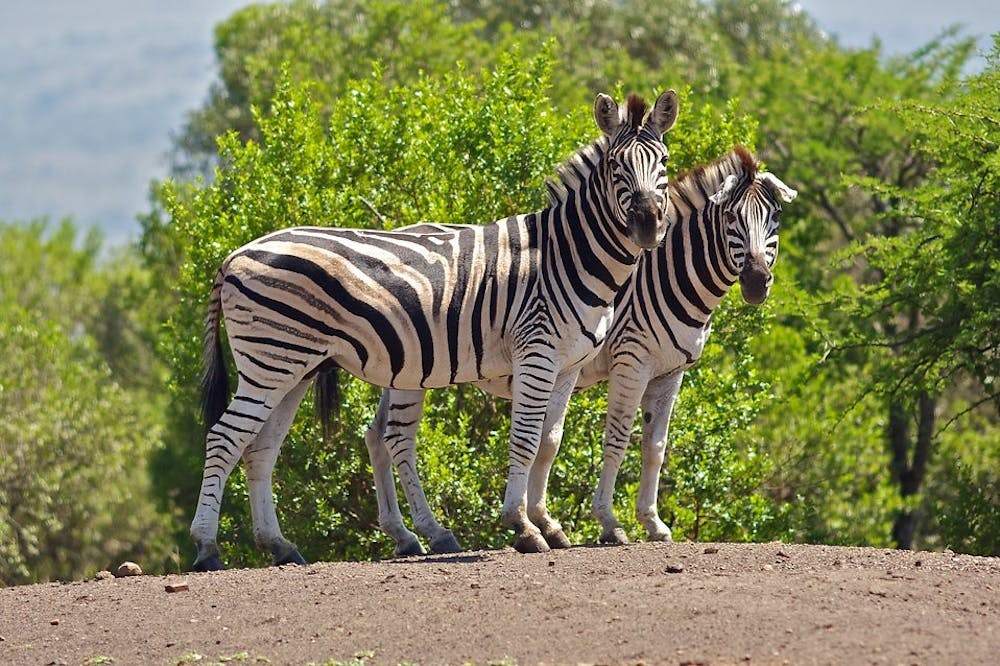Since last year, nearly 200 more species joined the endangered species list and there are currently 16,118 species that are endangered and threatened with extinction.
While it will be an enormous task to shorten the list, many scientists and conservationists are taking the much needed steps to prevent more animals from joining the endangered species list and from going extinct.
While preservation of already endangered species may seem to be a challenge, Steve Longmore and Serge Wich of Liverpool John Moores University in London, England are not backing down. The duo recently developed a system of drones and cameras that can track and record the location of endangered species during both day and night.
There are many reasons that species become endangered or even extinct. Most of those reasons have to do with humans. Human developments such as housing, industry and the deforestation of many natural lands lead to the destruction of habitat, and many species have a very difficult time recovering.
However, there are also some non-human-related reasons for endangerment. Some species are just more prone to endangerment from the start due to lack of genetic variation. If a species has low variation, they are more vulnerable to disease and less able to adapt to environmental changes.
While the idea of a camera made specifically for animals may seem trivial, it is useful and efficient because it can become tedious and expensive to do a manual count or photoshoot to keep track of animals.
In addition, most cameras wouldn’t be able to effectively track these creatures at night. Longmore and Wich’s cameras, which are infrared, can be useful when trying to detect nighttime poachers.
While the cameras produce footage that cannot be analyzed fast enough, the team is currently working on a solution. Since each species of animal has their own “thermal footprint,” the team is working on collecting a database of thermal images of many different types of endangered species. They can then create algorithms that will automatically count the number and species of the animals detected.
The device was first tested on cows, and while it worked effectively at first, it began to lose accuracy when the cows began to huddle or when the drone was too high in the air.
They are still working on other errors such as the optimal height to fly the drone and interference from atmospheric and weather conditions.
Sophomore Biomedical Engineering student Kisha Patel explains why she believes it is important for scientists like Wich and Longmore to continue studying the preservation of endangered species in an interview with The News-Letter.
“It’s [important] to preserve the diversity of the ecosystem because everything is so interconnected and to preserve the beauty of the environment to make sure we have a sustainable future,” Patel said.





